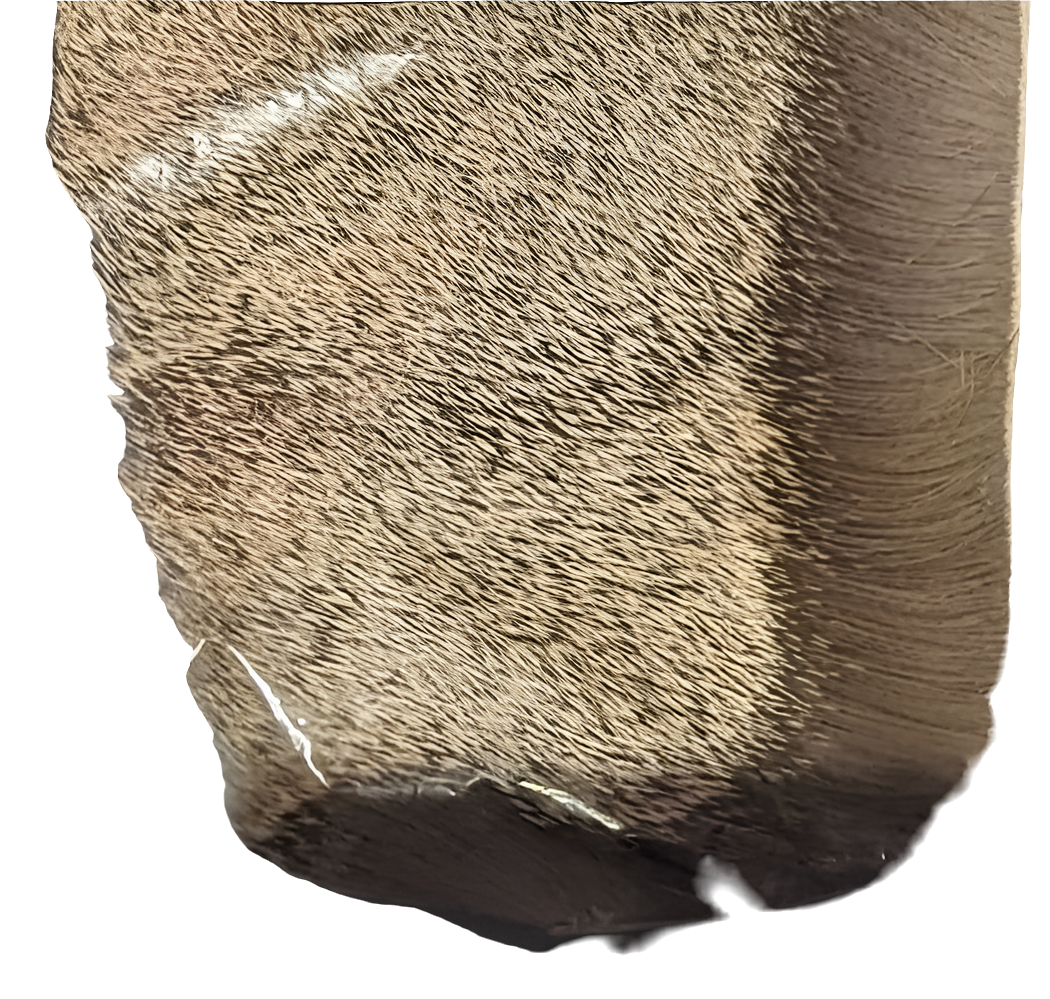Fly Tying Scotland
FTS Deer hair Patch
FTS Deer hair Patch
Couldn't load pickup availability
Deer hair is a highly versatile material in fly tying, prized for its buoyancy, hollow structure, and ability to flare when tied down. It’s commonly used in crafting a variety of flies, especially dry flies, streamers, and bass bugs. Here’s a breakdown of its uses and characteristics:
Types of Deer Hair and Uses
1. Body Hair
Found on the sides of the deer, this hair is coarser and hollow, making it perfect for spinning and shaping flies like bass bugs and deer hair mice.
Commonly used for patterns like the Muddler Minnow or Deer Hair Poppers.
2. Comparadun Hair
Short, fine, and with minimal underfur, this type is ideal for creating upright wings on flies like the Comparadun.
Excellent for smaller dry flies due to its stiffness and fine tips.
3. Deer Belly Hair
Dyed easily due to its light color. This hair is long, coarse, and flares dramatically, making it perfect for creating colorful bodies or heads for flies like streamers and poppers.
4. Coastal Deer Hair
Finer and shorter than body hair, coastal deer hair is ideal for smaller flies. It’s less buoyant but works well for subtle dry fly patterns.
Key Features
Hollow Structure: Provides buoyancy, essential for dry flies.
Flare When Tied: Makes it easy to create shapes for heads and bodies.
Durability: Withstands wear and tear from fishing.
Tips for Working with Deer Hair
Use a sharp razor or scissors to cut the hair cleanly.
Remove the underfur with a comb for easier tying.
Secure the hair with tight thread wraps to control flaring.
Practice packing and trimming to achieve even, dense heads for poppers and other patterns.
Popular Flies Using Deer Hair
Elk Hair Caddis: Though elk hair is typically used, deer hair can substitute for the wing.
Humpy: A buoyant dry fly made with deer hair wings and body.
Bass Bugs: Like Dahlberg Divers or sliders with spun and trimmed deer hair heads.
Share
Let customers speak for us
from 74 reviews

